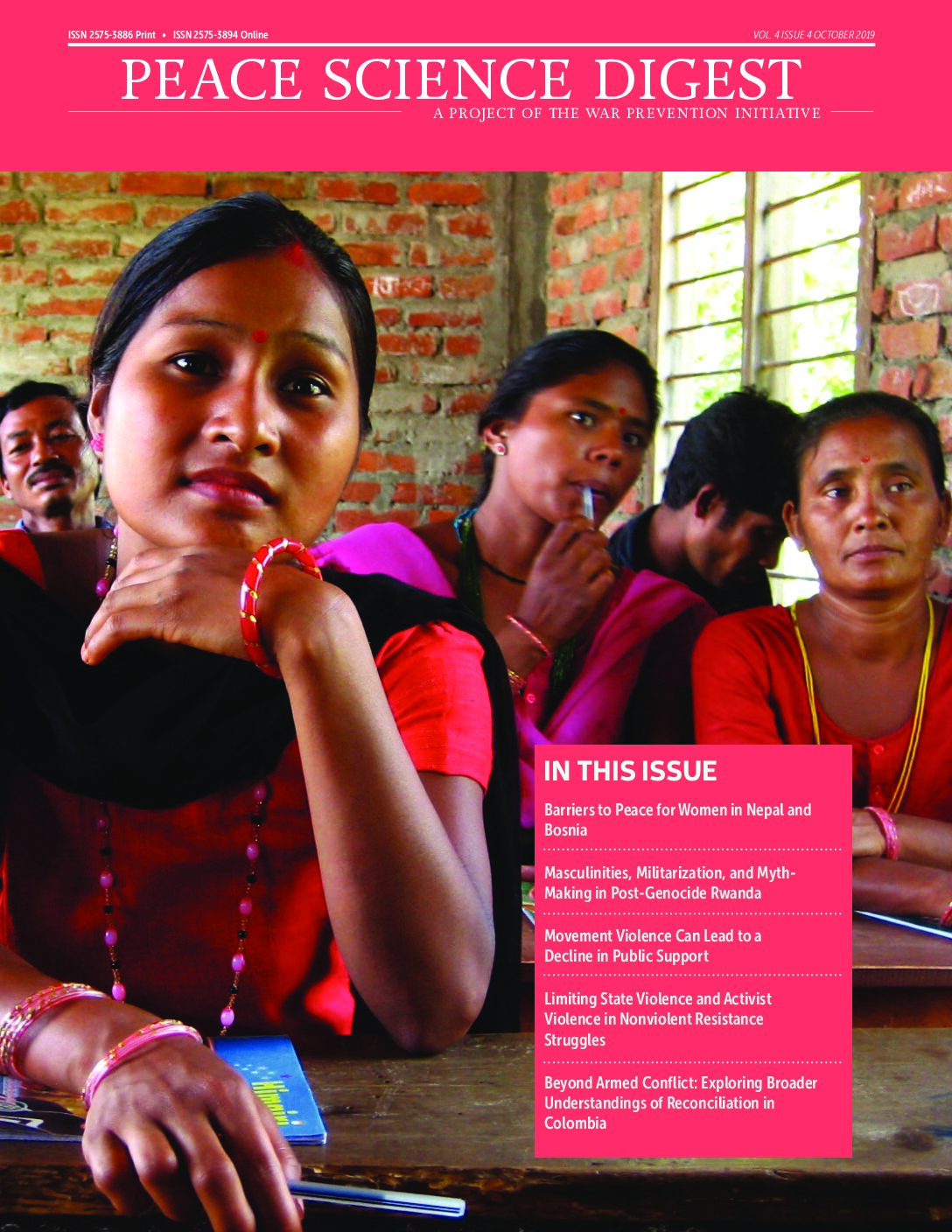We are witness to transformative change in our society, both in the United States and around the world. Civil resistance and broader protest movements are shifting social norms and policies, from the March for Our Lives on gun reform to the #MeToo Movement calling out the global scale of sexual assault. Sustained civil resistance movements in places like Hong Kong and Sudan are challenging existing power structures and calling for more democratic and representative systems of government. In particular, these examples demonstrate the power of nonviolent resistance—a deliberate and effective choice and vehicle for social change.
Yet, nearly all nonviolent resistance movements face a common challenge—the temptation to turn to violence, whether among those within the movement or on the part of the government whose policies or behaviors may be the target of the resistance movement. When violence does happen within the context of a nonviolent resistance movement, what happens next matters a great deal. Will government violence encourage a violent response from the resistance movement, escalating the crisis until it descends into civil war like we’ve seen in Syria? Does government violence against a movement embolden support for the movement if it maintains nonviolence and delegitimize the government, leading (eventually) to reform like we’ve seen in Sudan? Or, what happens if an otherwise nonviolent movement turns violent—does support for that movement wither?
Two articles featured in this issue of the Peace Science Digest focus on nonviolent resistance movements. The remaining articles featured here take us to Nepal, Bosnia, Rwanda, and Colombia—all countries emerging from armed conflict and rebuilding their societies to achieve sustainable peace. Each article reveals a different component of building peaceful societies.
- Barriers to Peace for Women in Nepal and Bosnia
- Masculinities, Militarization, and Myth-Making in Post-Genocide Rwanda
- Movement Violence Can Lead to a Decline in Public Support
- Limiting State Violence and Activist Violence in Nonviolent Resistance Struggles
- Beyond Armed Conflict: Exploring Broader Understandings of Reconciliation in Colombia

